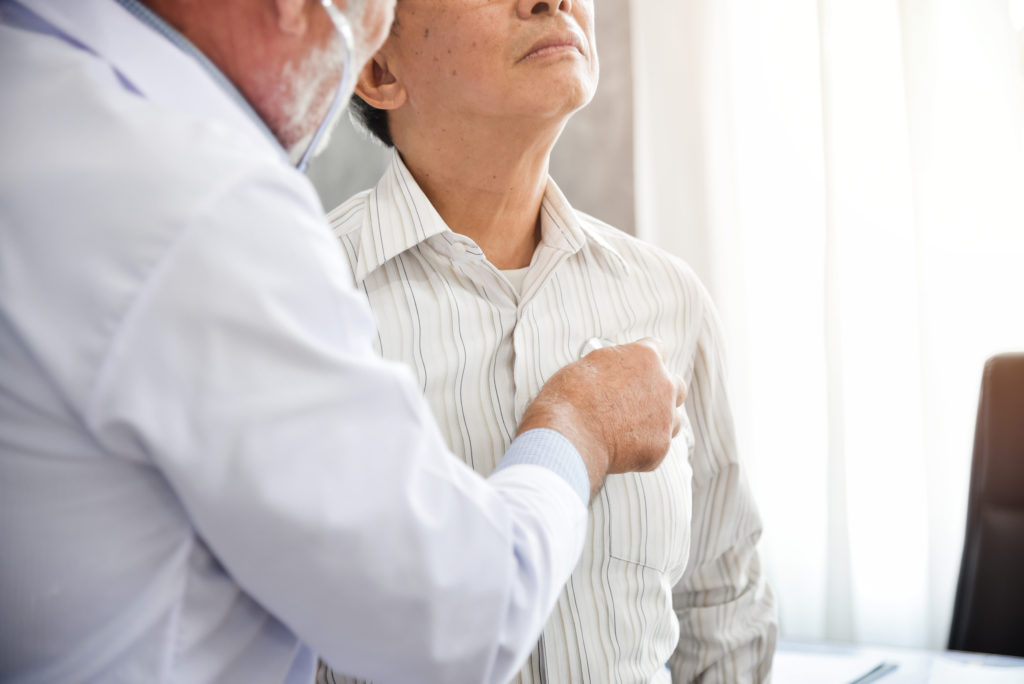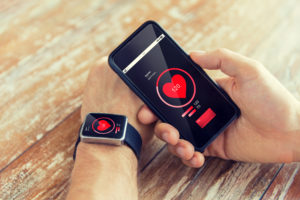
After decades of improving life expectancy and declining birth rates, Japan is experiencing a rapidly aging and shrinking population. The country’s population of 127 million is forecast to shrink by about one-third in the next five decades. Currently, a quarter of the population is over 64 years old, and that’s expected to reach 38 percent in the next 50 years.
With an aging population comes an increase in health care issues that affect people of a certain age, and Japan is now turning to cutting-edge Internet of Things (IoT) technology to support it.
Monitoring Diabetes
In 2016, 10 million adults in Japan had diabetes. That number is expected to see incredible growth in coming years.
A two-year study called PRISM-J includes 2,000 participants, diabetes patients aged 20-75. It began in January 2018 and is the longest study of its kind in the world, boasting exit rates of less than 1%, much less than similar studies. The participants measure their weight, activity level, number of steps taken, and blood pressure on a daily basis, all using blood pressure monitors, pedometers, and body composition monitors that send the data directly to their smart phones and an app called Shichifukujin (The Seven Deities of Good Luck). The app was developed by Kazuyo Tsushita, director of the Comprehensive Health Science Center at the Aichi Health Promotion Foundation. Once the data generated by users is uploaded, the patients’ physicians can monitor their progress.
The interaction, automated feedback, and disappointment (but no pressure) expressed when there’s a missed appointment keeps users engaged and interested in controlling their diabetes, and perhaps lose excess pounds, by eating right and exercising more.
The IoT makes it possible for physicians to track vital patient data between clinical visits. Researchers hope to develop more sophisticated IoT data algorithms that would send users messages about increasing their activity or seeking further help. Meanwhile, the technology could also be used to study other lifestyle diseases, such as hypertension and hyperlipidemia.
“Our goal is to prove that using IoT devices can produce better blood glucose scores for diabetes patients,” says Kohjiri Ueki, director of the Diabetes Research Center at the National Center for Global Health and Medicine in Tokyo. “If patients can visualize how they’re doing, it could help them make positive changes in lifestyle habits and keep them motivated. The improvement in the data per se is a reward for patients.”
Detecting Heat Stroke
In July and early August 2018, 105 people died of heatstroke in Tokyo. Of those 105, 80 were aged 70 or older.
Tokyo-based smart fabric company Mitsufuji is developing and manufacturing silver-metalized conductive fiber that can be used to monitor biometric information, such as breathing and heart rates, temperature, humidity, acceleration, and gyroscopic data. The company is working with university researchers to develop algorithms to work with the smartwear made from this fabric to detect when heat stroke may occur.
Mitsufuji CEO Ayumu Mitera says, “We will be able to detect heat stroke by using this technology, and it can also send alerts to care managers about heart attacks.”
Other Healthcare Applications
 There are other healthcare applications for this smart fabric (in addition to various sport uses and industrial purposes). With a transmitter attached to the smart fabric and other devices, data can be sent to mobile devices and cloud platforms. Smart tags inserted into shoes and bags can help track dementia patients who repeatedly wander off. Washable tags in hospital bed sheets can alert administrators when it’s time for disposal. Mitera says this solution is more stable than existing wristband-style wearables.
There are other healthcare applications for this smart fabric (in addition to various sport uses and industrial purposes). With a transmitter attached to the smart fabric and other devices, data can be sent to mobile devices and cloud platforms. Smart tags inserted into shoes and bags can help track dementia patients who repeatedly wander off. Washable tags in hospital bed sheets can alert administrators when it’s time for disposal. Mitera says this solution is more stable than existing wristband-style wearables.
“Aging populations are a global problem and Japan is a frontrunner that can provide solutions,” says Mitera. “I think that by 2040 or so, people will not need to go to hospital anymore because diseases and symptoms will be detected in advance. We’re now beginning to cross this threshold.”
Are You Ready?
Mitera is talking about 2040, but even in the next few years, billions of IoT devices will be installed. This will change the way we live our lives and do business. Is your organization ready?
Get IEEE Guide to the Internet of Things, a series of eight training courses led by top researchers in the field. This program will give your organization the foundational knowledge it needs now to prepare for the IoT. Upon successful completion of the program, your engineers will receive valuable CEUs/PDHs that can be used to maintain their licenses. Request a quote today.
Resources
(4 Dec 2018). How Japan is Harnessing IoT Technology to Support its Aging Population. Forbes.
Reynolds, Isabel. (16 May 2017). Japan’s Shrinking Population. Bloomberg.


[…] to Juniper Research, $20 billion is forecast to be spent annually on wearable healthcare devices by 2023. With the addition of assistive hearables, this sector could generate revenues of […]